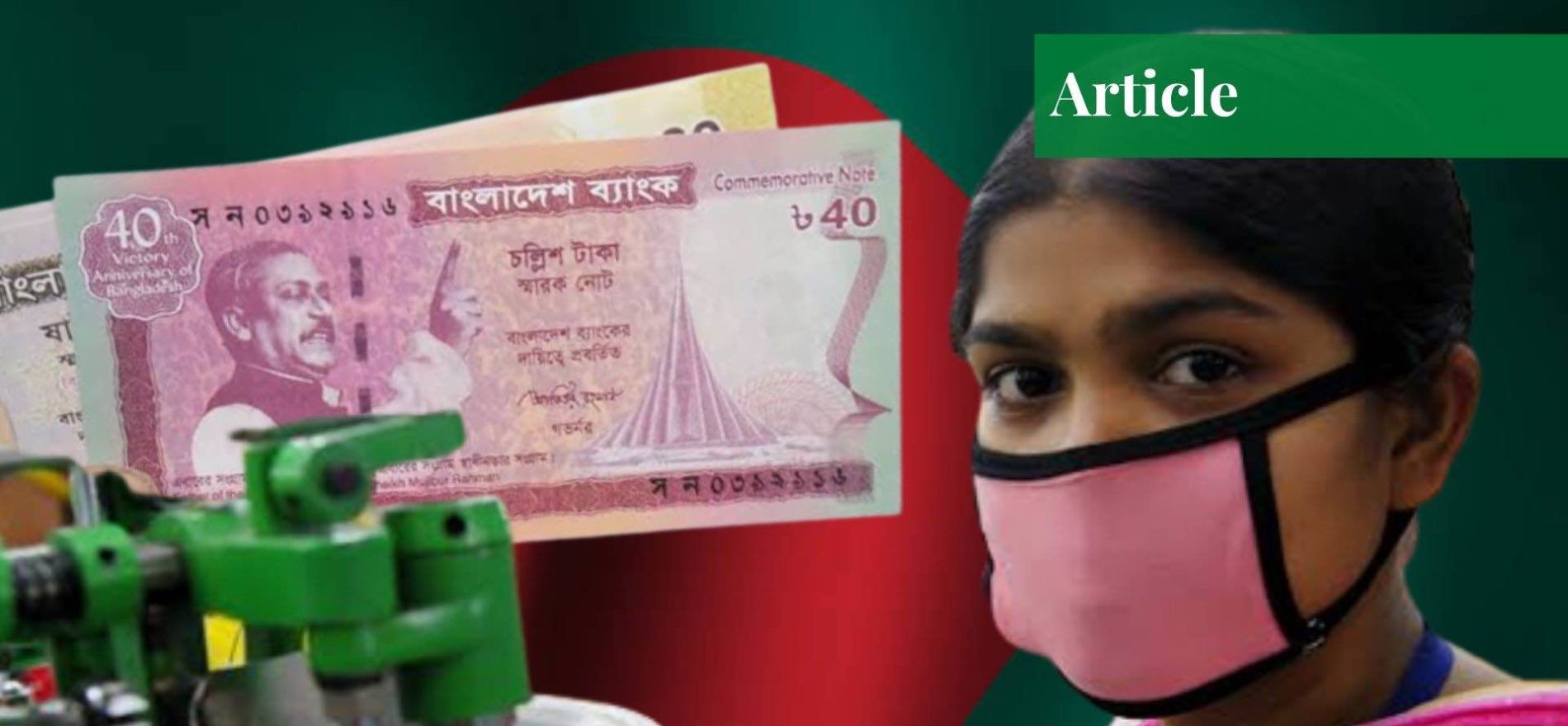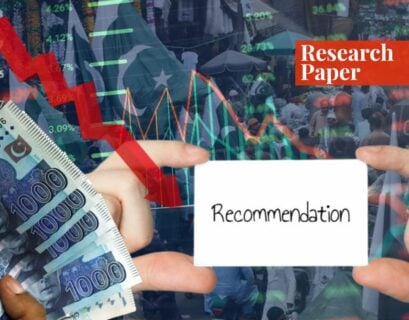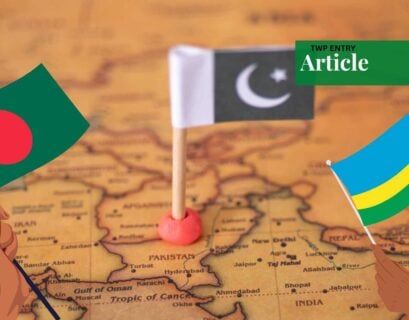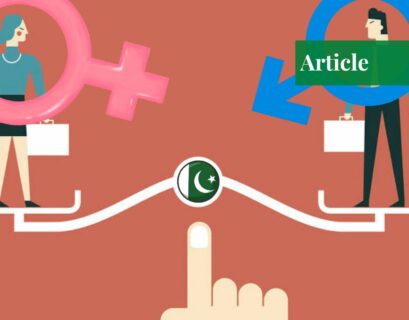The People’s Republic of Bangladesh
Let us revert to where the land of golden fibre began its journey, free from political and visceral debate. Bangladesh broke apart from Pakistan in 1971. Ruined by war and followed by famine, it appeared that this freshly born economy would never be able to stand on its own. Henry Kissinger, the US Secretary of State, referred to Bangladesh as a “basket case.”
Given the numbers, it is likely that Pakistan might require assistance from Bangladesh by 2030. Bangladesh’s per capita income is now 2824 dollars, surpassing the GDP per capita of both India and Pakistan. Its population growth rate is about 1.01%, which is much less than Pakistan’s 2%, implying that Bangladesh’s per capita GDP is set to grow further.
Keeping a focus on macroeconomic stability as the foundation of a responsible economy, Bangladesh’s economy has expanded multiple times in the past 50 years. Its effective budgetary management deserves recognition. It has also decreased its fiscal deficit to less than 5% of its GDP. Agriculture, industrial growth, service sector expansion, export earnings from ready-made garments, and remittances from overseas are the key drivers of Bangladesh’s economic growth.
Economic Growth in Bangladesh
Above all, Bangladesh fought to reduce its expanding population, which greatly aided its economic growth. In 1971, according to the International Monetary Fund (IMF)’s World Economic Outlook, the agriculture sector provided 50% of Bangladesh’s GDP, while the industrial sector and services contributed 13% and 37% respectively. However, contribution by the agriculture sector has fallen to 13%, with the industrial sector providing 51.3%.
Pharmaceuticals, leather products, ceramics, fertilizers, shipbuilding, and other manufacturing sectors all played a major role in enhancing economic development, cutting unemployment, and reducing poverty. In addition, Bangladesh has enacted a wide variety of economic reforms to strengthen its economy, including new trade and fiscal policies. The value of exports increased from $467 million in 1976 to $49 billion in 2021.
Bangladesh, too, is benefiting from a labor excess. There are around 13 million Bangladeshis working in other countries thus increasing remittances to around $22 billion. Foreign reserves are expanding as a result of both exports and remittances. The country was able to reduce poverty from more than 80% in 1971 to about 20.5% in 2019. Its population growth rate is at 1.01%, down from 3.1% in 1972.
According to a World Bank report issued in April 2021, despite COVID, the economic growth in Bangladesh remained resilient. The COVID stimulus package was launched in 2020; it amounted to about 4.4% of the country’s GDP.
Future Growth
What then puts Bangladesh’s future growth into question? As you can see, manufacturing in Bangladesh is not that diverse. It is highly reliant on the clothing industry, and over-reliance on any sector may be detrimental in the future. According to the World Bank, Bangladesh is one of the most costly places in the world to create infrastructure. Natural catastrophes are expected to cost Bangladesh about 2.2% of its GDP like in the past.
This expense is anticipated to rise in the future due to increasing sea levels. Remittances, on the other hand, might lead receivers to become dependent and promote real exchange-rate appreciation, which would harm local productivity. As a result, increased reliance on remittances is not a suitable option for long-term growth. All of these difficulties are now having a direct influence on foreign direct investment in the country.
Exporting low-value commodities has never been more advantageous. Bangladesh would need to export value-added items rather than low-value textile and RMPs. The export percentage of GDP decreased to 12.18% in 2020 from a peak of 20.16% in 2012. Furthermore, the worsening business environment is also proving to be a hindrance to Bangladesh. According to the World Bank’s Doing Business index, Bangladesh was ranked 65th out of 155 countries in 2006 but ranked 168th out of 190 nations in 2020.
Bangladesh should diversify its industrial sector to produce high-wage jobs. It should also strengthen their business policies and make it easier to do business. It must develop more special economic zones to bring in more international firms and investments. This will also assist Bangladesh in diversifying its economy away from the textile sector.
If you want to submit your articles, research papers, and book reviews, please check the Submissions page.
The views and opinions expressed in this article/paper are the author’s own and do not necessarily reflect the editorial position of Paradigm Shift.


















